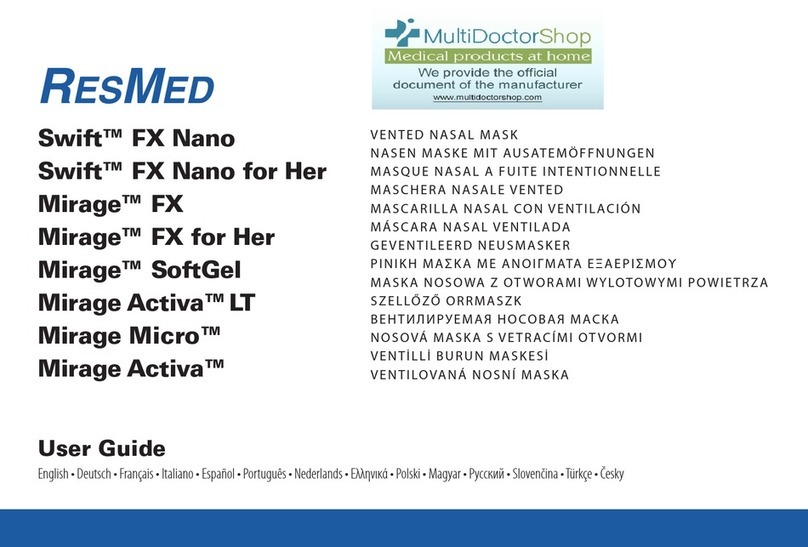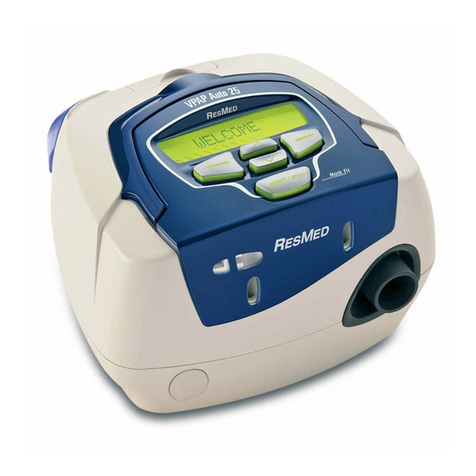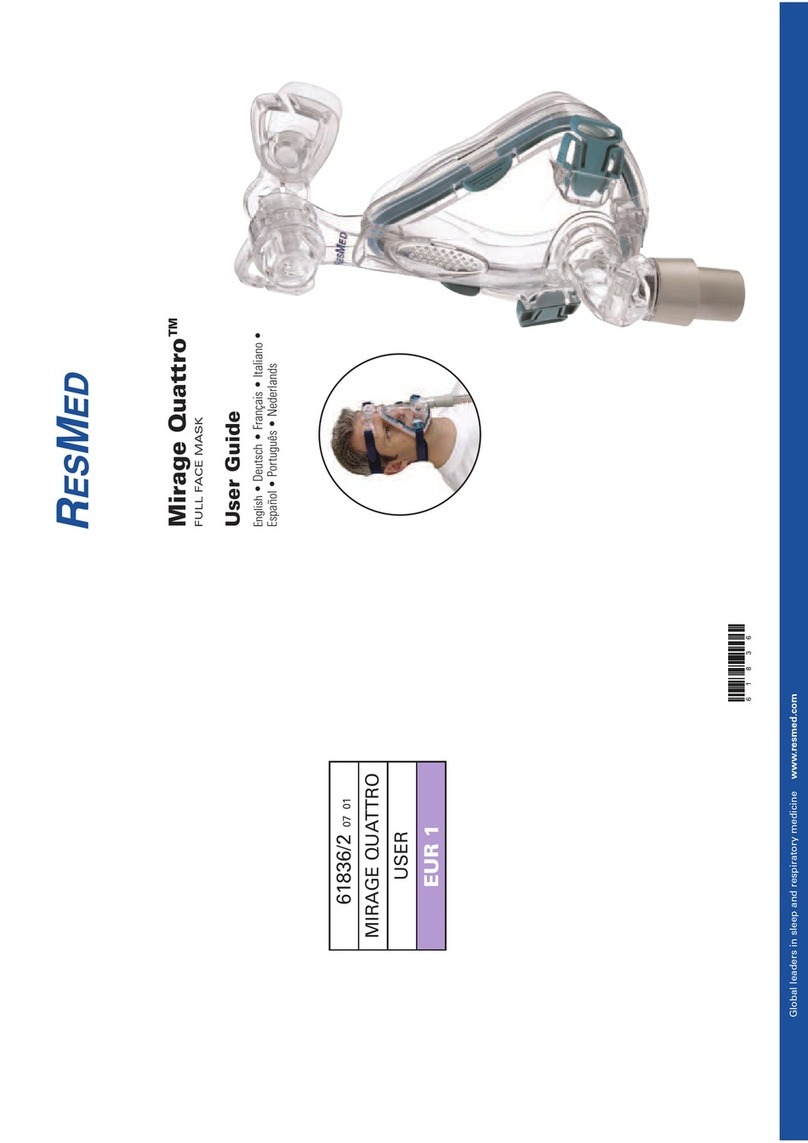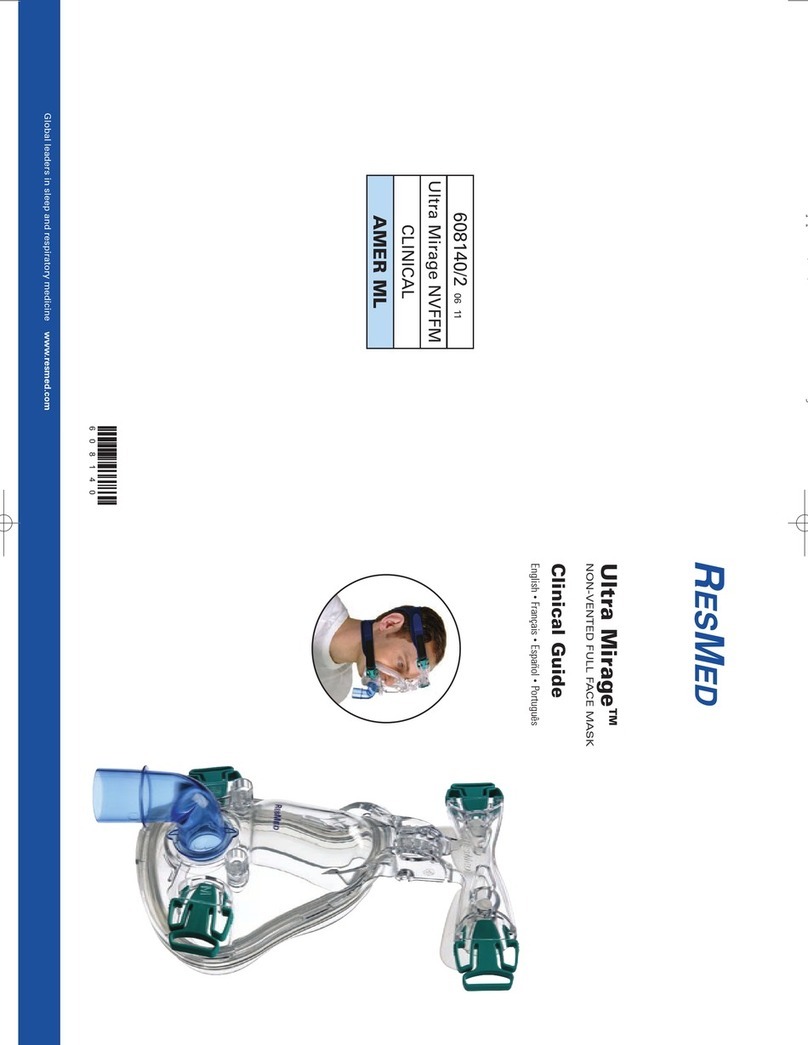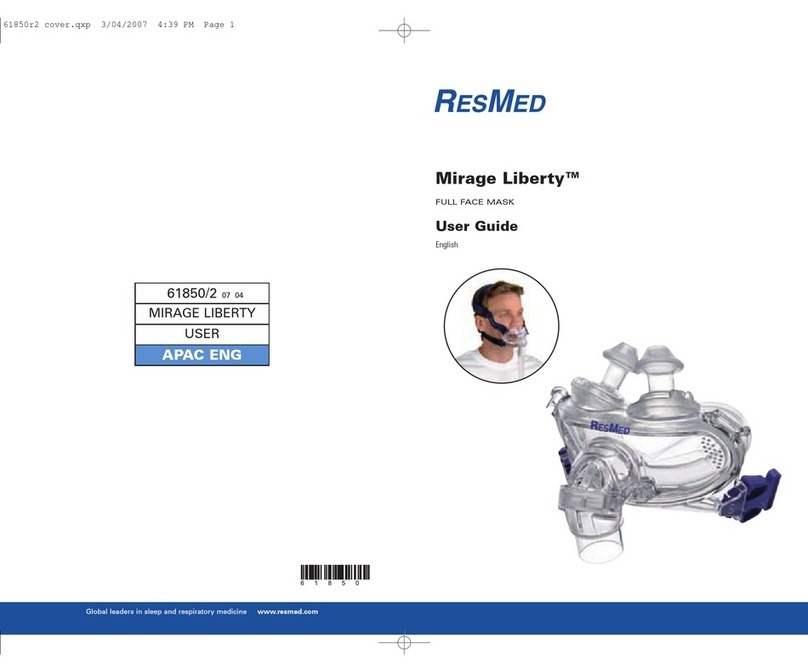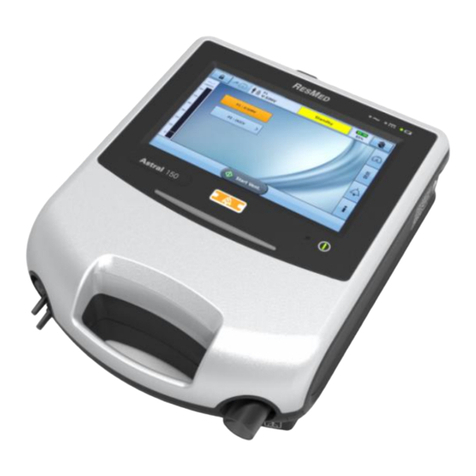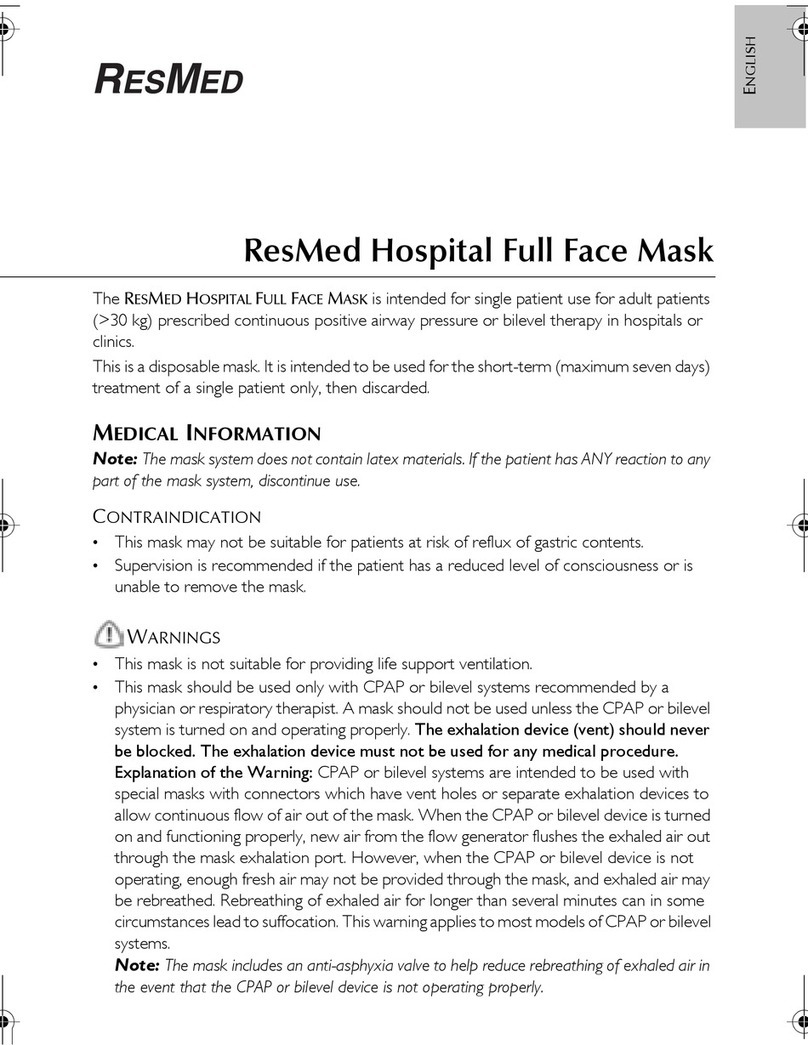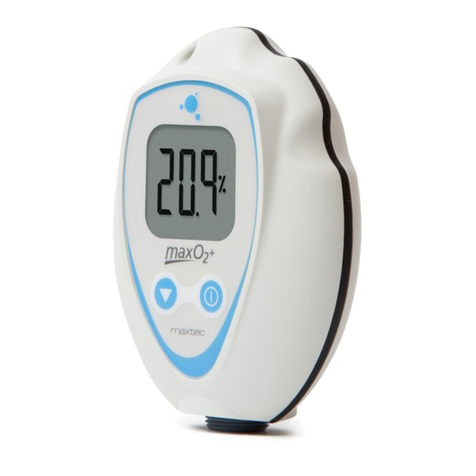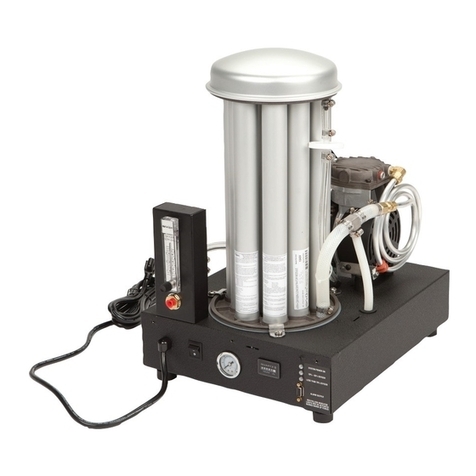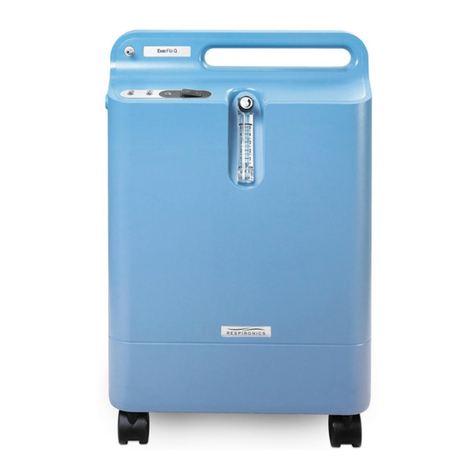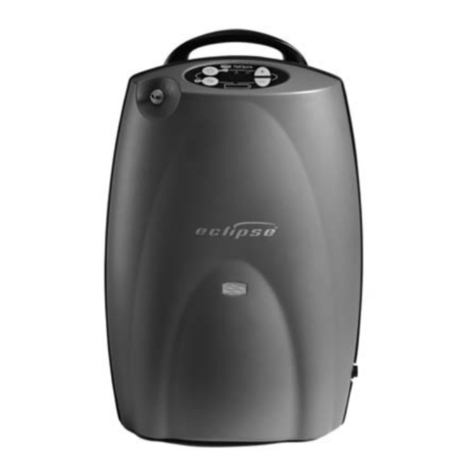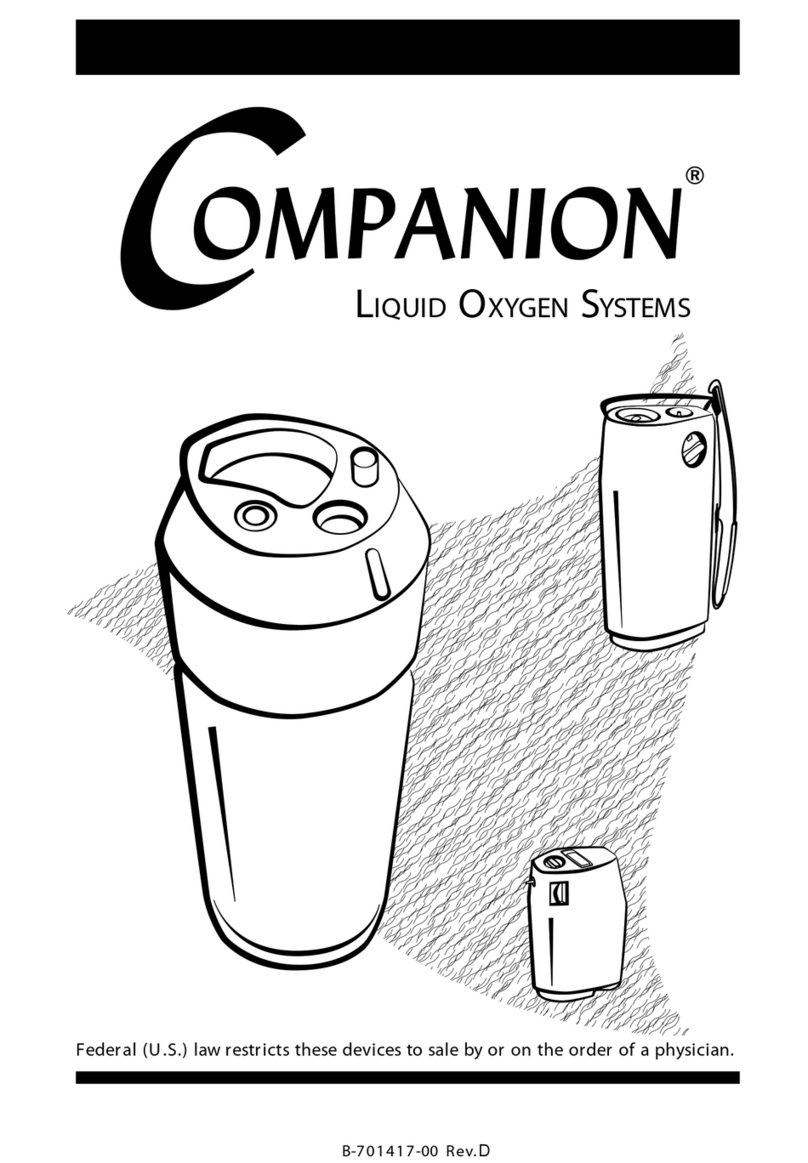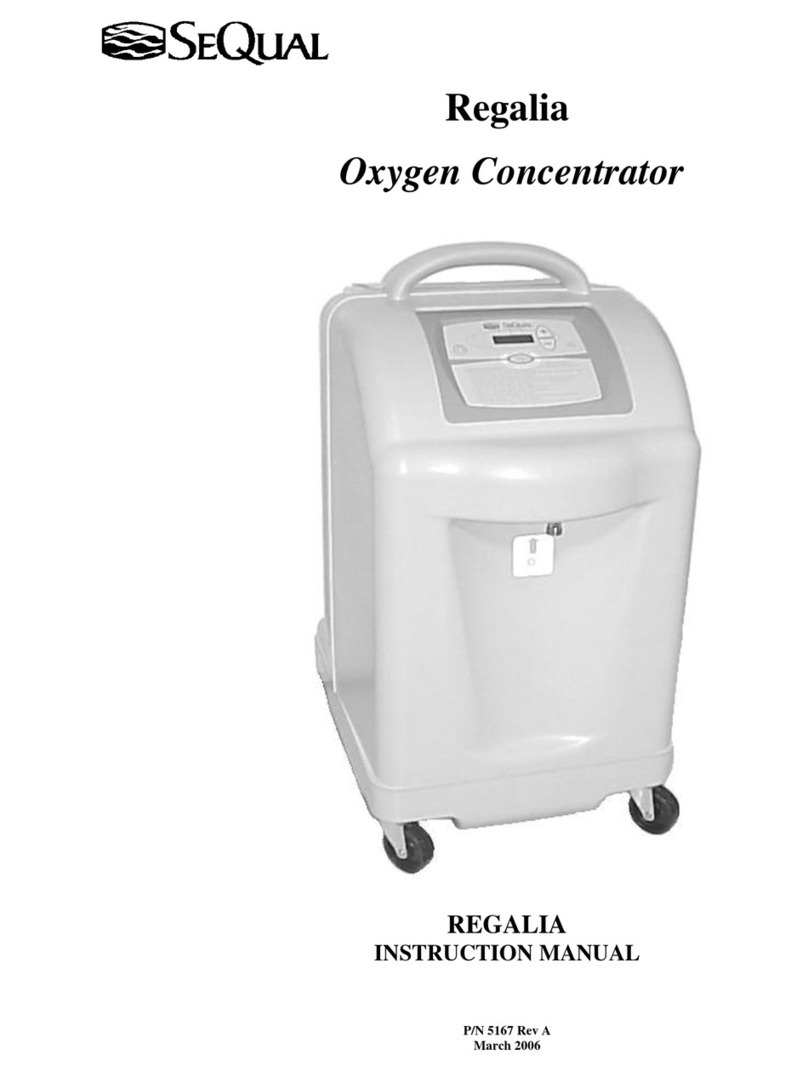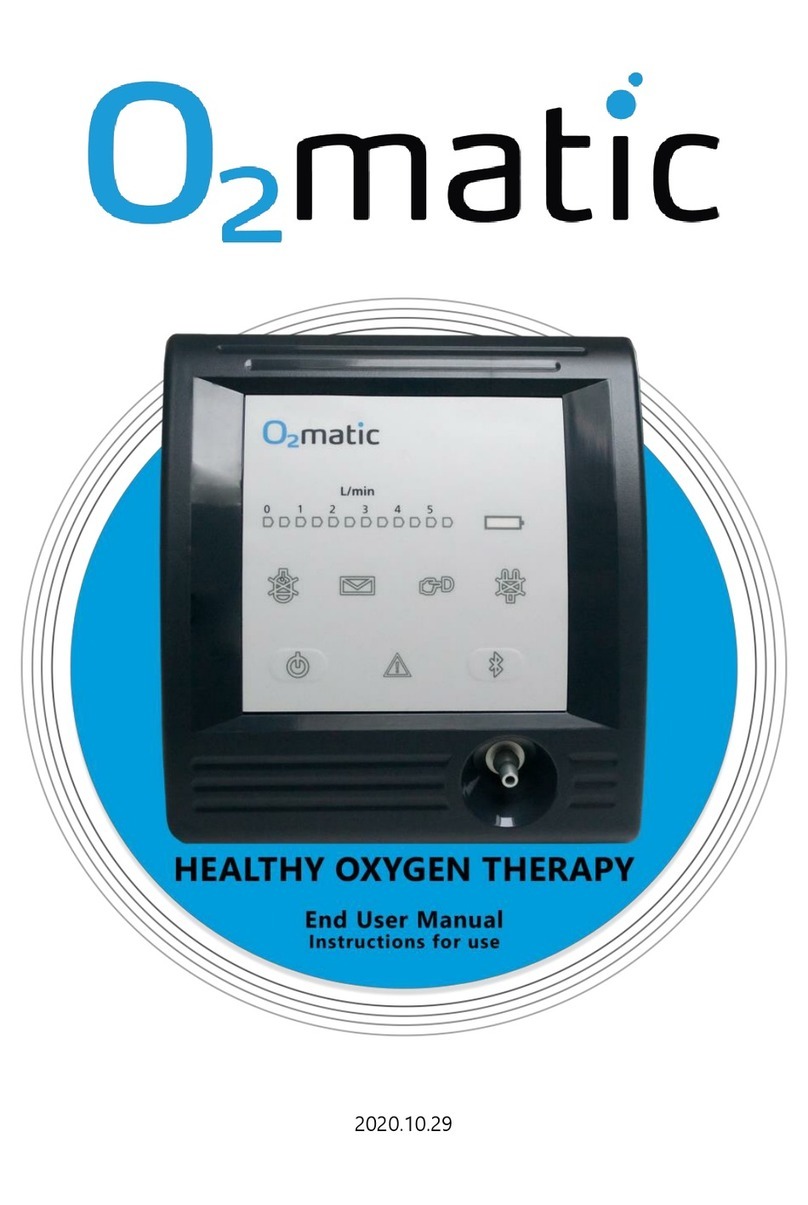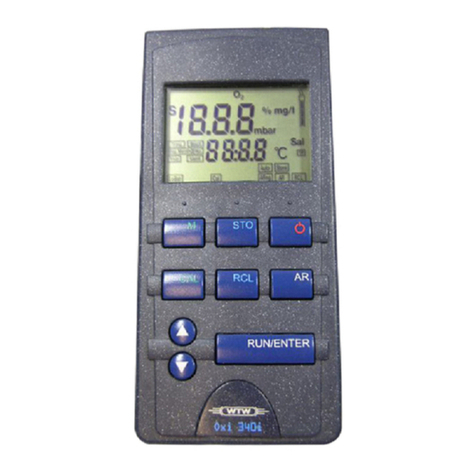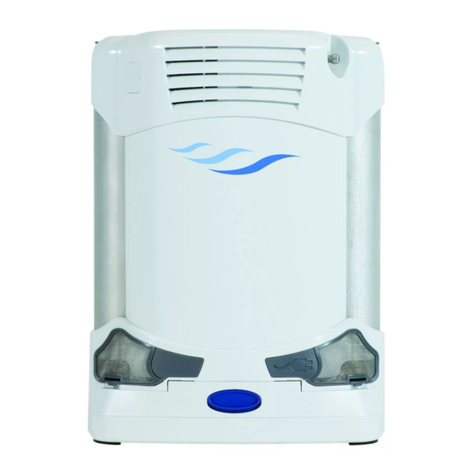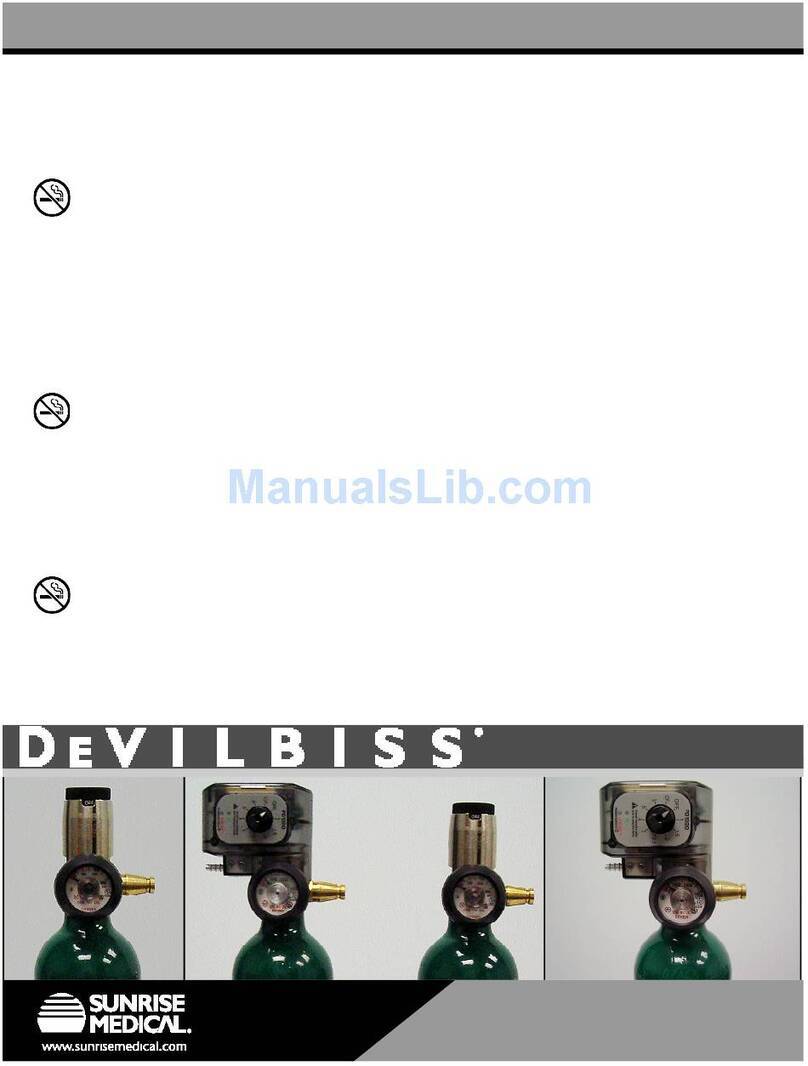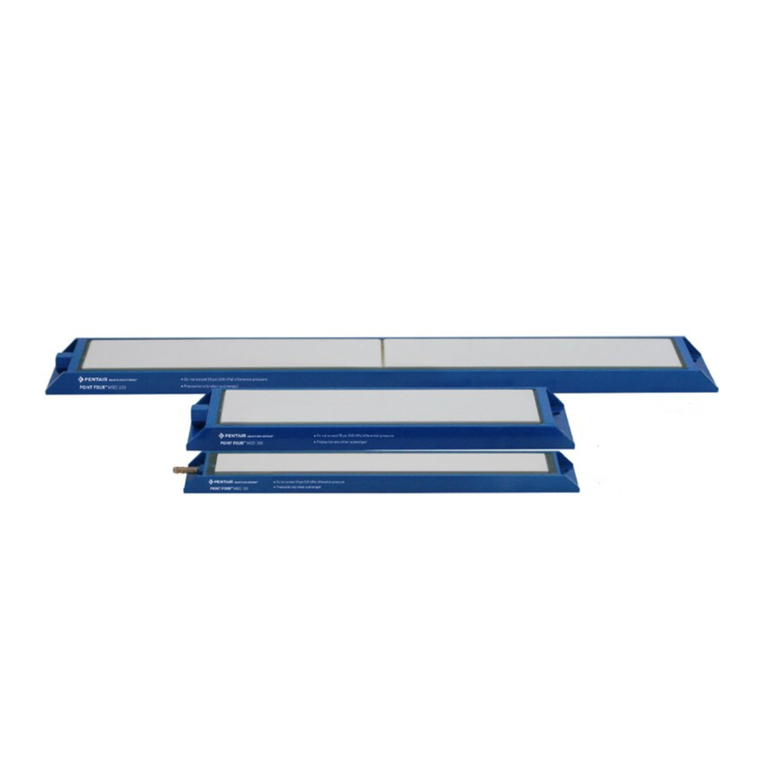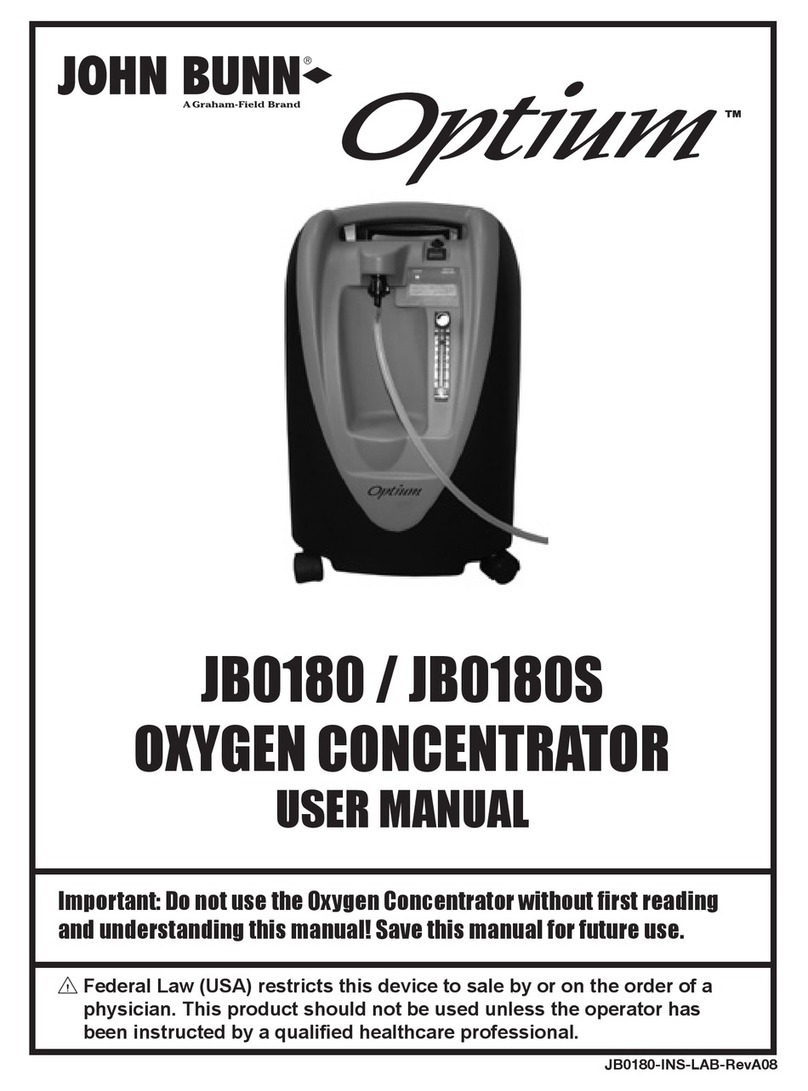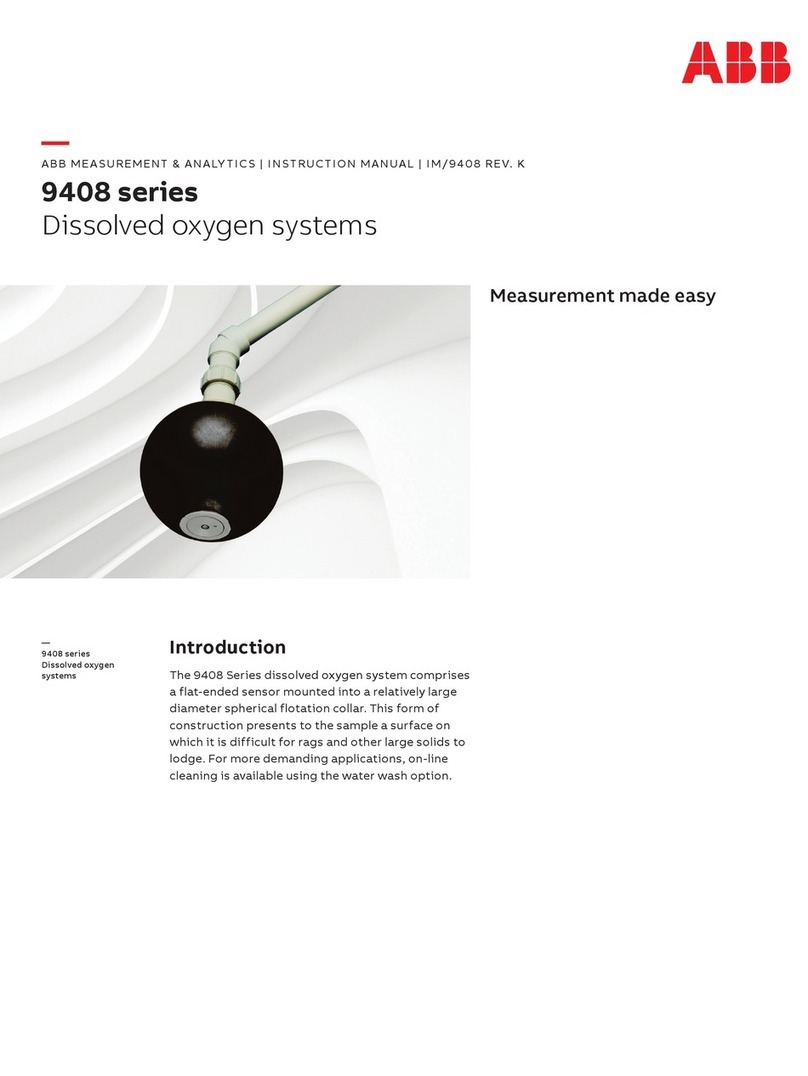
5
English
If the vent requires cleaning, use a soft bristle brush.
Rinse all components well with drinking quality water and allow them to air dry
out of direct sunlight.
Weekly
Handwash the headgear by gently rubbing in warm (30°C) water using mild
soap or diluted dishwashing detergent. Rinse the headgear well and allow it to
air dry out of direct sunlight.
Cleaning the Mask between Patients
The Mirage Liberty should be disinfected or sterilised when used between
patients.
Detailed disinfection and sterilisation instructions are available from the
ResMed website, www.resmed.com/masks/sterilization, and must be
consulted before multipatient use.
Reassembling the Mask
See section D on the illustrations sheet.
Before reassembling the mask, check that all components are clean and dry.
Check that the valve is not damaged, distorted or torn, and that none of the
other components are broken or cracked. Replace any parts that are damaged.
Flexible PVC contains elements that can be detrimental to the materials of the
mask. If flexible PVC tubing is used continuously, the attachment port should
be inspected for cracking. Replace any parts that are damaged.
Refer to “Ordering Information” for re-order numbers.
1Attach the nasal pillows to the mouth cushion:
aPush the nasal pillows through the holes in the mouth cushion (D-1).
bPull the nasal pillows up until the grooves at their base fully engage
around the mouth cushion holes (D-2).
cCheck that the tabs on each pillow fit into the corresponding notches on
the cushion (D-3). Check that the seal between the pillows and cushion
is complete.
2Attach the mouth cushion to the frame:
aPosition the cushion alignment guide between the two nasal pillows and
line up the triangle symbols on the bottom of the mask frame with
those on the mouth cushion.
bPress the mouth cushion into the groove in the frame (D-4).
cCheck that the mouth cushion is fully seated in the groove.
3Insert the ports cap (D-5).
4Clip the upper headgear clips onto the mask (D-6).
61848r2.book Page 5 Tuesday, April 3, 2007 2:59 PM
